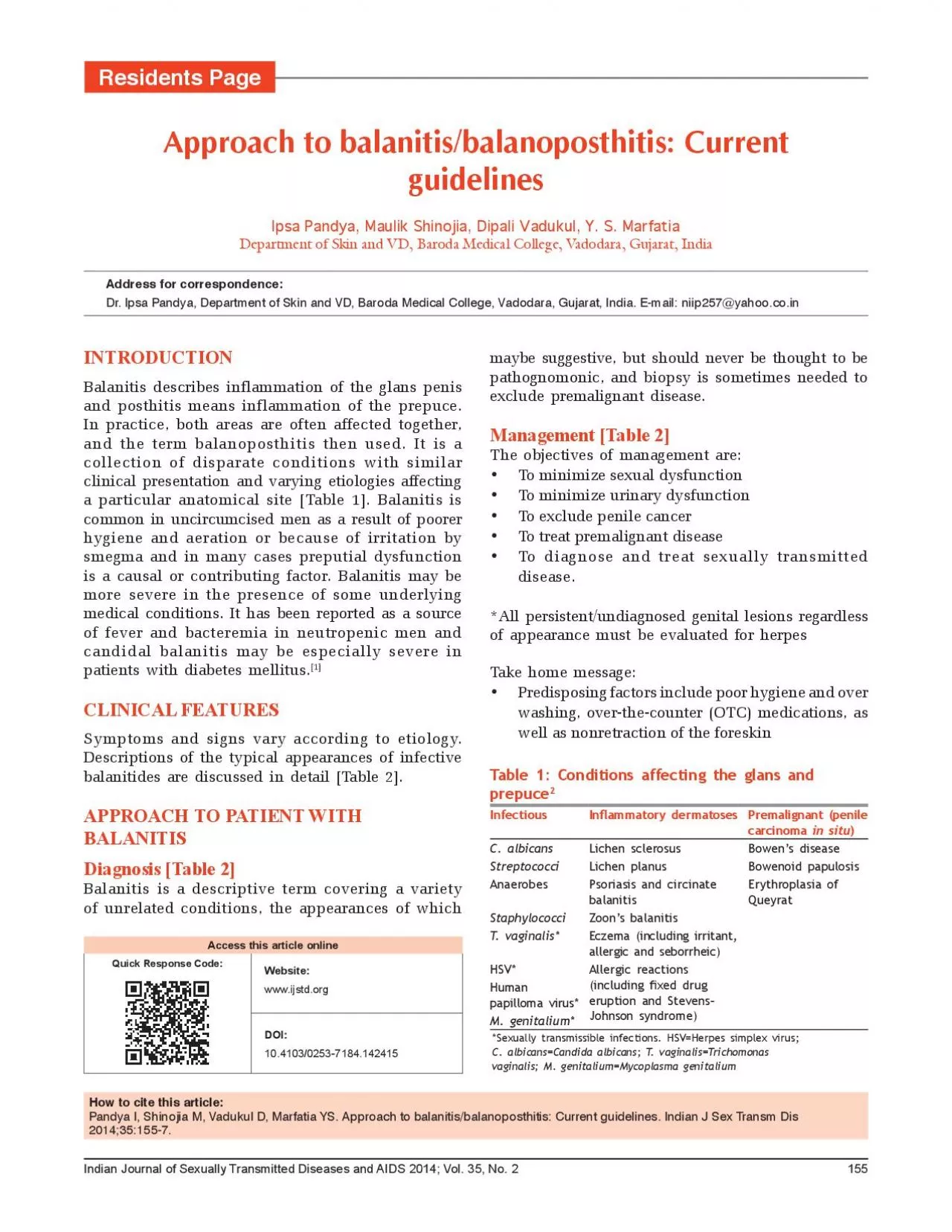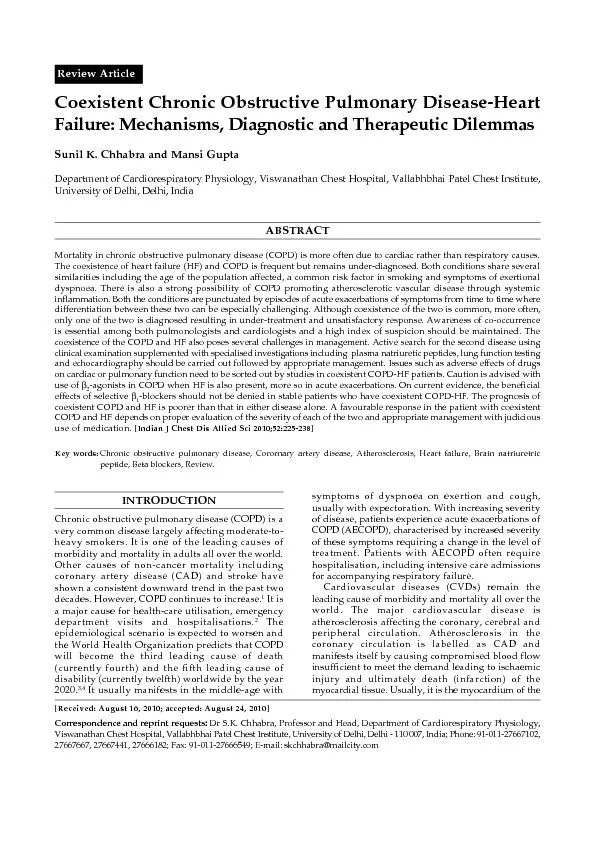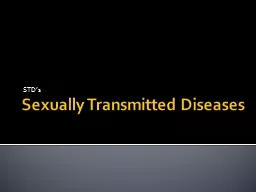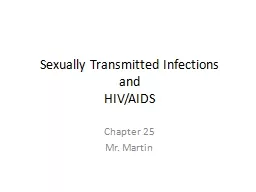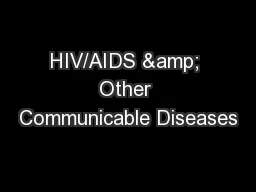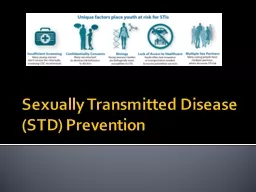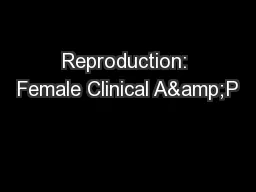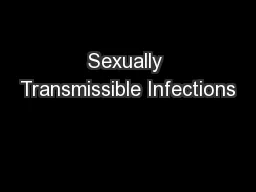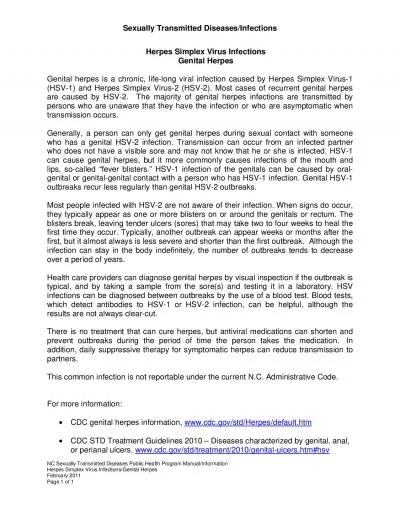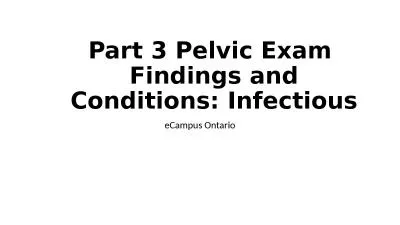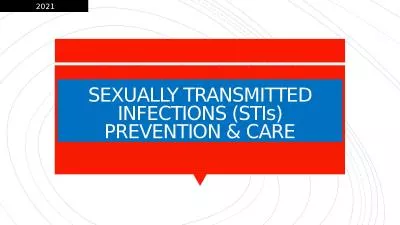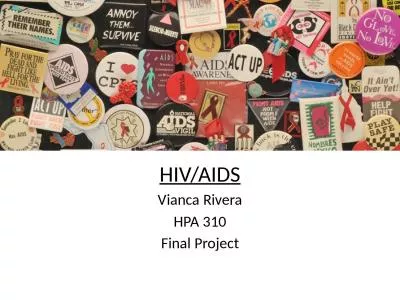PDF-Indian Journal of Sexually Transmitted Diseases and AIDS 2014 Vol 35
Author : sophia | Published Date : 2022-10-11
Approach to balanitisbalanoposthitis Current guidelines Ipsa Pandya Maulik Shinojia Dipali Vadukul Y S Marfatia Department of Skin and VD Baroda Medical College
Presentation Embed Code
Download Presentation
Download Presentation The PPT/PDF document "Indian Journal of Sexually Transmitted D..." is the property of its rightful owner. Permission is granted to download and print the materials on this website for personal, non-commercial use only, and to display it on your personal computer provided you do not modify the materials and that you retain all copyright notices contained in the materials. By downloading content from our website, you accept the terms of this agreement.
Indian Journal of Sexually Transmitted Diseases and AIDS 2014 Vol 35: Transcript
Download Rules Of Document
"Indian Journal of Sexually Transmitted Diseases and AIDS 2014 Vol 35"The content belongs to its owner. You may download and print it for personal use, without modification, and keep all copyright notices. By downloading, you agree to these terms.
Related Documents

